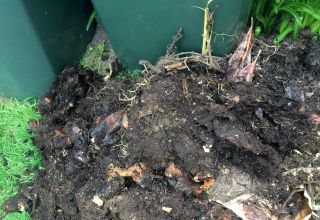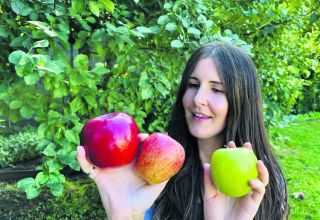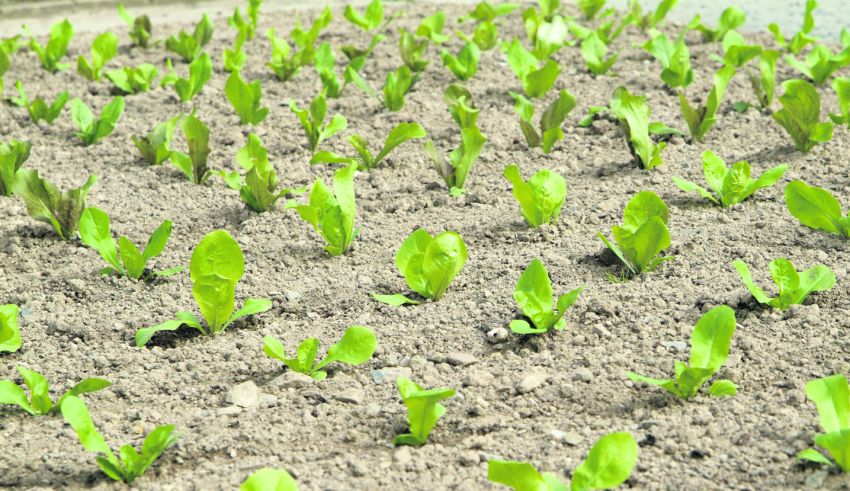
The early, often cooler days of March needn’t put off the optimistic gardener keen to get going with the new growing season. It’s time to get under way with some hardier crops.
Winter can keep March strongly in its grip especially in the first weeks of the month and many gardeners struggle with the timing of what to plant and when.
Because a vegetable needs either warm or cool weather, crops sort themselves into two distinct categories: cool season for spring and autumn and warm season for summer.
Planting at the right time is the first step to a bountiful garden.
The fact is it is worth the risk to get an early start to the new growing season and there are some things in the vegetable plot which are worth taking a risk on.
When gardeners start thinking about growing vegetables their first thoughts are beans, tomatoes and peppers – when the weather starts to warm up.
However, home grown vegetables can start much earlier and you can grow vegetables that do better in cool weather.
Cool temperatures in spring have fewer pests around to bother your vegetables which means they are less prone to damage and problems.
The cool weather vegetables include salad vegetables, kales, chards, onions and the cabbage family.
Just like the warm weather vegetables, most cool weather varieties are started from seed indoors.
These spring vegetables, all of which can be easily planted from seed, are all great choices for an early garden, and are usually foolproof enough to grow so that even the most beginning gardeners can reap a good harvest.
1. SPINACH
Fresh baby spinach is quick to sprout and grow in a spring garden, and can be remarkably frost-resistant, especially when grown under cover. There are a lot of varieties of spinach, most of which can be categorised by being either savoy and semi- savoy (which tend to have crinkled or curly crisp leaves), or smooth-leaf (with flatter leaves and a softer texture), so try growing several varieties to see which ones work best for your soil and location.
2. SPRING ONIONS
Sow spring onions outdoors from March onwards, for harvests through summer and early autumn. Sowing small batches every couple of weeks will give you continual supplies. You can also sow hardy varieties in late summer and early autumn for harvesting the following spring. Seeds can also be directly sown in the ground once the soil is workable, approximately late March to April. Sow the seeds half an inch deep. Sets are dormant bulbs that can be planted directly into the ground. Onion sets should be planted one to two inches deep and three inches apart.
3. CHARD
This is another excellent spring vegetable that is easy to grow from seed. Chard comes in a variety of colours and sizes and textures, although most of the colour tends to be in the thick stems, with the leaves being mostly green. Growing some red and white and yellow chard along with the traditional green chard can add some colour to spring salads while also livening up the look of the garden. Some varieties of chard can be harvested as baby greens in about 25 days, with the leaves taking about twice that long to get to full size.
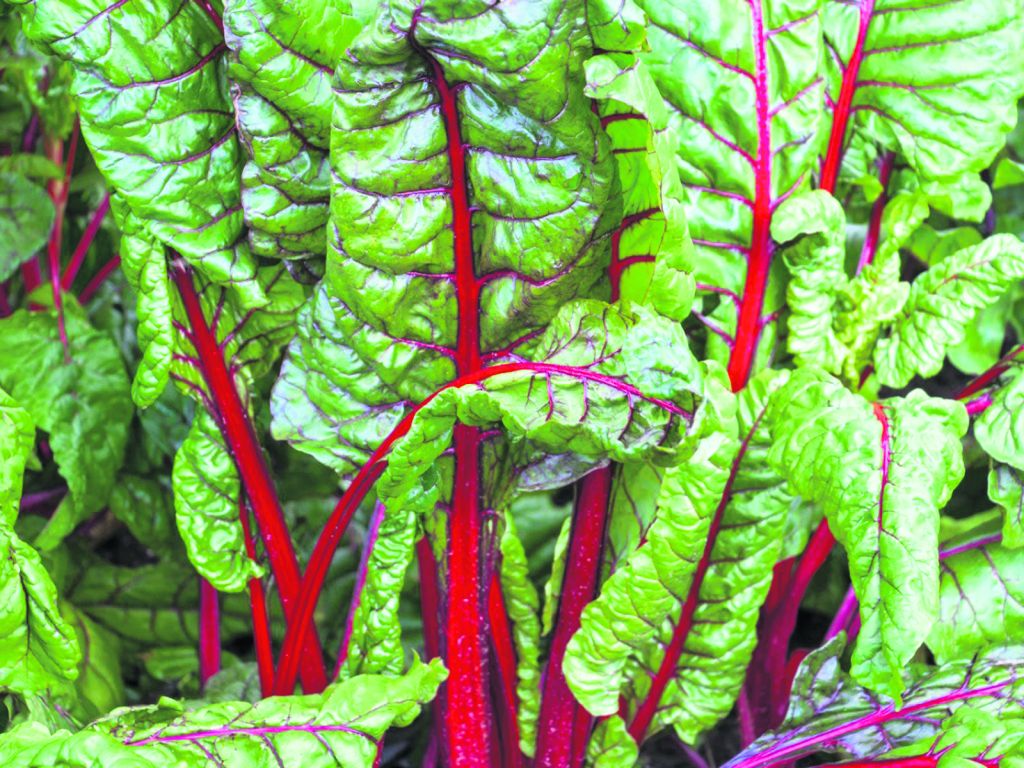
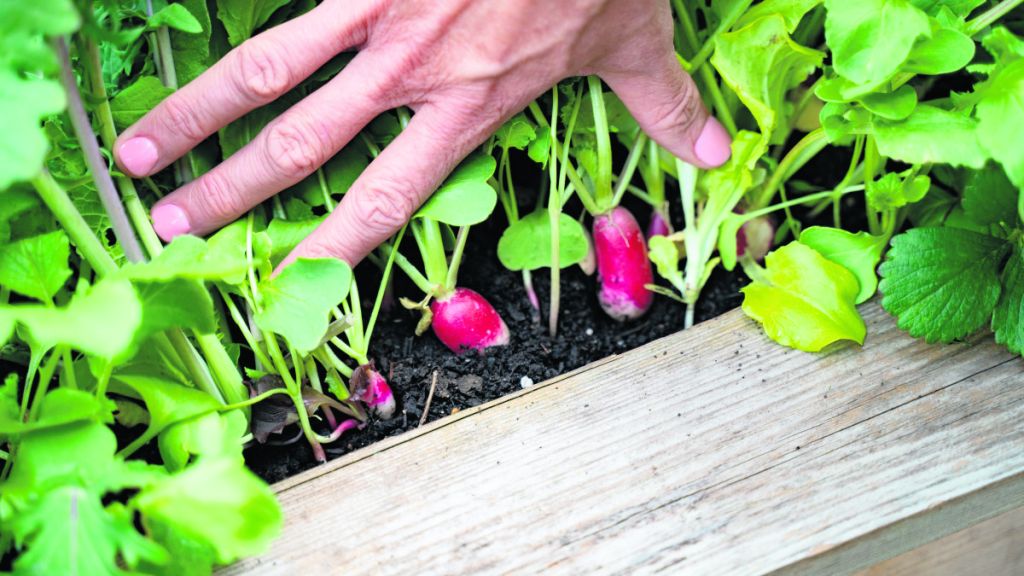
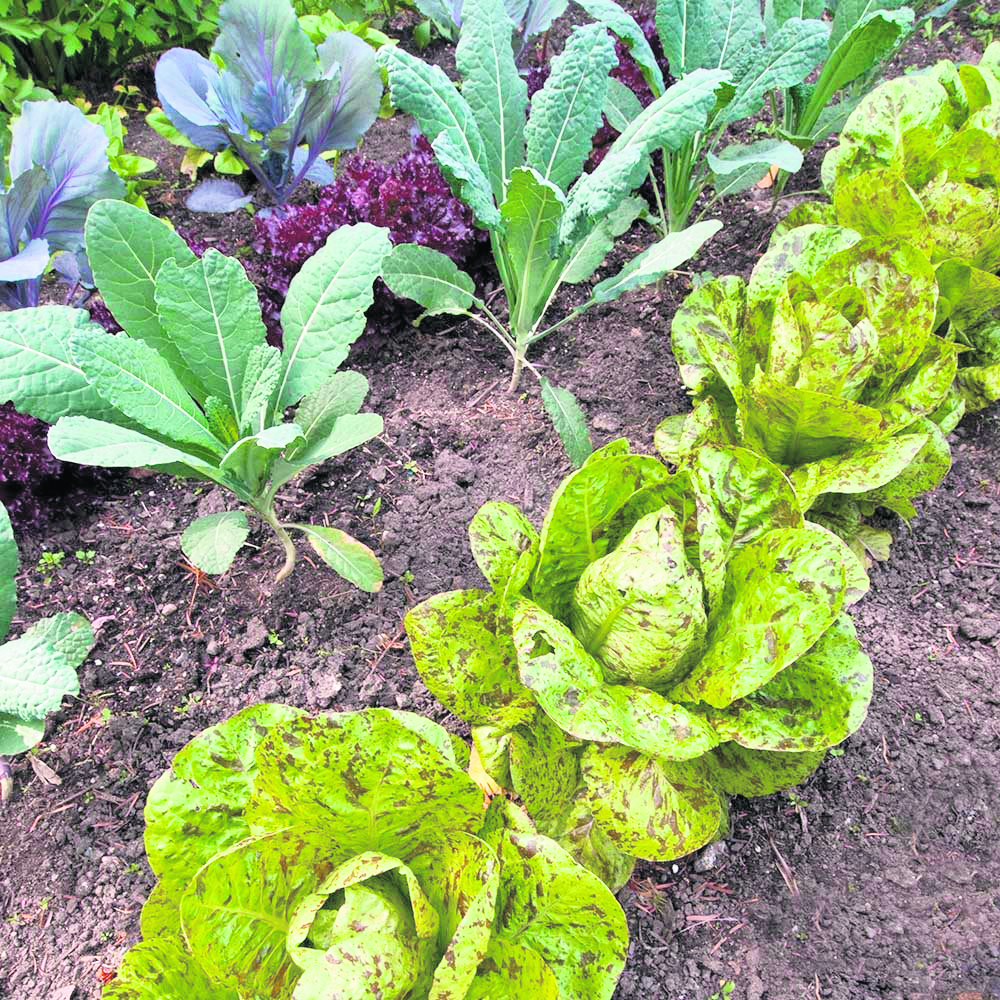
4. RADISHES
Radishes are one of the fastest vegetables you can grow, aside from the various greens, as many varieties are ready to be harvested in as little as three weeks. Radishes are great for planting with lettuce or other spring greens, and can help to naturally thin those crops as the radishes get harvested. Many are only familiar with the round red or pink and white radishes, but they come in a lot of different colours, shapes, and sizes, and can be spicy or sweet, depending on the variety.
5. LEEKS
Home-grown leeks are far superior to those bought in shops and versatile in the kitchen. So there’s every reason to make sure you start the season as early as you can. They’re easy to grow from seed, and if you sow at intervals from February onwards, you can harvest them from late August, through winter until the following February. Fill pots or seed trays with good quality, multi-purpose compost and firm gently. Scatter the seed thinly on the surface, cover with a few millimetres of compost, water and keep moist. They are hardy and will grow even when the temperature seems unpromising.
6. LETTUCE
Growing lettuce for baby greens is not only quicker and easier, but will provide a near-constant supply of salad greens from spring until well into summer. Opt for a mixed lettuce seed and instead of sowing the seeds farther apart, as is recommended for head lettuce, sow very close together in each row, which will yield a solid row of lettuce leaves that is easy to harvest, and which can be cut repeatedly throughout the season. Baby greens can be harvested in a couple of weeks, and by planting successions of seeds every week or two, you can have a constant supply.




